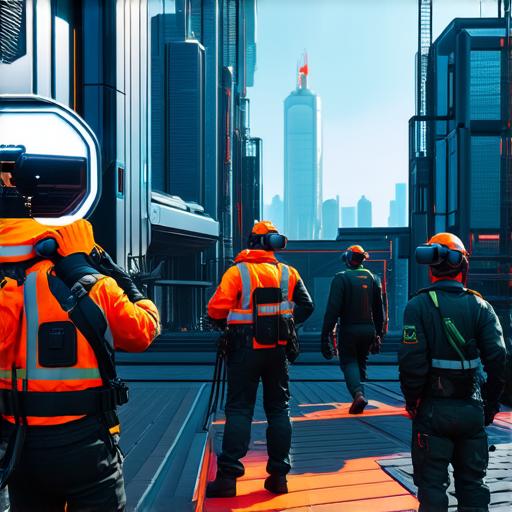Introduction:
Virtual reality (VR) is a rapidly growing field that offers endless possibilities for innovation and creativity. As developers, it’s important to understand the ownership of VR patents to protect your intellectual property and ensure that you are not infringing on someone else’s rights. In this article, we will explore the ownership of VR patents, including the different types of patents, how to search for them, and best practices for protecting your own.
Types of Virtual Reality Patents:
There are three main types of VR patents: invention patents, utility patents, and design patents. Invention patents protect new and useful processes, machines, manufacture, or compositions of matter. Utility patents protect new and useful methods of doing things or performing processes. Design patents protect new, original, and ornamental designs for articles of manufacture.
To determine which type of patent is appropriate for your VR technology, it’s important to consult with a patent attorney who specializes in the field. They can help you understand the specific requirements for each type of patent and guide you through the application process.
Searching for Virtual Reality Patents:
Once you have determined which type of patent is appropriate for your VR technology, the next step is to search for existing patents that may be relevant. There are several resources available for searching patents, including the United States Patent and Trademark Office (USPTO) database, Google Patents, and other online patent databases.
When searching for VR patents, it’s important to use specific keywords related to your technology to ensure that you are finding relevant results. For example, if you are developing a VR headset, you may want to search for keywords such as “VR headset,” “virtual reality device,” or “immersive display.”
It’s also important to keep in mind that patents can be complex and difficult to understand, so it’s important to seek guidance from an expert if you are unsure about the relevance of a particular patent.
Protecting Your Own Virtual Reality Patents:
Once you have identified relevant VR patents, the next step is to protect your own intellectual property. This can be done by filing a patent application with the appropriate government agency, such as the USPTO in the United States.
When filing a patent application, it’s important to provide as much detail as possible about your technology and its unique features. This will help ensure that your patent is granted and that you are protected from infringement by others.
It’s also important to regularly monitor your patents to ensure that they are still valid and enforceable. This can be done by conducting regular searches for new patents that may be relevant to your technology and consulting with a patent attorney if necessary.
Case Studies:
One example of the importance of understanding VR patent ownership is the case of Oculus, the company behind popular VR headsets such as the Oculus Quest and Rift. In 2016, the company was sued by Samsung for allegedly infringing on several Samsung patents related to VR technology. The lawsuit cost Oculus millions of dollars in legal fees and damaged its reputation.
Another example is the case of Microsoft’s HoloLens, which was also involved in a patent dispute with Apple. In this case, Microsoft was able to secure patents for its holographic display technology, which helped protect the company from infringement claims by Apple.

Expert Opinions:
According to Dr. Robert Metcalfe, an expert in VR and the inventor of Ethernet, “Virtual reality is a rapidly growing field with endless possibilities for innovation and creativity.”
